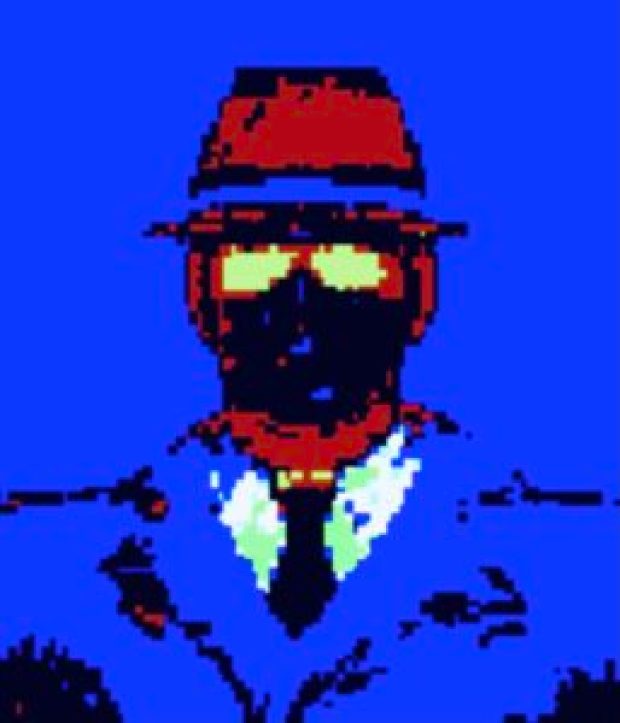
The Transcendent Energy of Play in the Classroom
This post coincides with my guest talk on Monday 5/3/21 with the Interactive Technology and Pedagogy course.
Welcome!
Many thanks to Luke & Lisa, and the ITP students for having me!
I thought that writing a blog post here would be both timely and fun for this talk. It might be full of typos, those happen, haha, they can always be fixed 🙂 This post serves as an example and a potential to create and expand the overall synopsis, dialog, resources, feelings, philosophies and of course necessary contextual links! I hope through our interaction both here and during our talk that it will inspire you to create a playful, collaborative project for yourself, for this class that you are in, for the ones that you are teaching, and also with me here on the Net Art site! This is an inclusive, accessible and safe public space for all.
After our talk, be sure to scroll down to the “Reflections & further Pondering” part at the bottom of this post to share your thoughts. No pressure of course 🙂

Words like “playfulness, play and fun” are and have always been an essential parts of my teaching and learning practice. I directly extract the physical energy and emotions that these words activate with in me. I visually connect those feelings to bright sunshine. I connect playfulness to an overall lighthearted and open demeanor that can be applied to almost anything. It’s reflective to childhood and the wonders of learning, creativity and intuition. Playfulness is such a great form of expression as a medium. It sets an open invitation to access rapport. We can help each other learn this way, it is a passion of mine and Im not going to stop anytime soon 🙂

(Above – “Communication” – finger-spelled hand-shapes in American Sign Language)
Everything comes down to Communication. We all want to be loved, appreciated, heard, understood and included. I believe that this is our greatest life’s work, to learn how to best and fully communicate from the inner knowingness of who we are. Of course this is a journey through our constant growth of challenging our life experiences and how we reflect on them. Communication is our birthright and we all must tell our own story.
And then.. the Internet shows up..

Links for Context and Usefulness
(Feel free to use, remix, hack and expand upon anything here)
The Story / About the Net-Art website, Creativity & Experimental Pedagogy
NET-ART’s Rolling OPEN-CALL for Submissions
Graphic Design Workshop at the GC 2019
Rebirth of the Course Syllabus, The Visual Aesthetic – Part 1
How to Write your MFA thesis in Fine Art & Beyond – Commons Paper
Why Should I make a Portfolio?
The Net Art Course Lightning Talk
Cross CUNY Campus Zine Collab with the NYPL
Cross CUNY, Galluadet & Touro Zine Collab

Check out this semesters undergrad course website flow:
CT101 – Digital storytelling – (commons)
MMA 100 Foundation of Graphic Design – (openlab)

For more Ryan Seslow on the web – ryanseslow.com
I make a lot of GIFs, Check out my work on Giphy here
Communicating my Deaf & Hard of Hearing Self – The Online Exhibition
@ryanseslow – on twitter & instagram

Reflections & further Pondering:
In the comments section below, please leave your general reflections on this talk and the content presented.
What stands out?
What are the main take aways from this experience that you can implement and take action on right away?
What things do you struggle with as a student, educator and contributor to the world of education?
Feel free to share links, and other relatedness.
Thank You so much!









